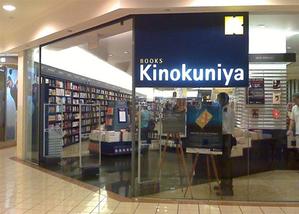 As noted above, for the 14 years since it opened in 1999, Books Kinokuniya's huge, elegant flagship store in Singapore has been a template for many of the Kinokuniya stores outside Japan and North America: a cosmopolitan shop with most titles in English as well as smaller selections in Japanese, Chinese, French and German and an array of striking sidelines. As Kenny Chen, Singapore store director and director, merchandising division, said, "It's an international store with an international selection."
As noted above, for the 14 years since it opened in 1999, Books Kinokuniya's huge, elegant flagship store in Singapore has been a template for many of the Kinokuniya stores outside Japan and North America: a cosmopolitan shop with most titles in English as well as smaller selections in Japanese, Chinese, French and German and an array of striking sidelines. As Kenny Chen, Singapore store director and director, merchandising division, said, "It's an international store with an international selection."
Coincidentally the store celebrated its 14th anniversary last week just as Books Kinokuniya celebrated its 30th anniversary in Singapore. (In a kind of early celebration, the company opened its fourth store in Singapore, in the Jurong East Mall, in June.)
Kinokuniya's international emphasis is evident immediately at the 43,000-square-foot Singapore flagship store, which is on Orchard Road, the retail and entertainment center of Singapore, in an elegant shopping mall featuring a Takashimaya department store.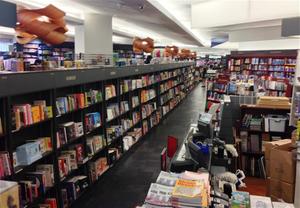
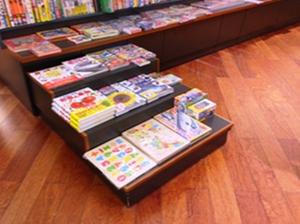
The design style also flows from store to store. The flagship store designer, Tan Kay Ngee (a published writer, too), also designed Kinokuniya stores in Kuala Lumpur, Malaysia; Dubai; Sydney, Australia; the new Singapore store; and the Singapore pavilion at the Venice Biennale last year. The aim of the design is "a sense of continuity," Chua said.
Most of the 500,000 titles are in English, generally split evenly between U.S. and U.K. editions, but the store has Japanese and Chinese titles toward the back as well as a discrete section featuring French and German books and magazines. 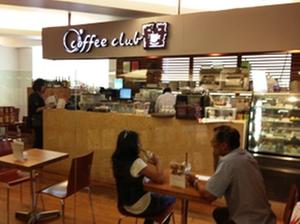
Bestsellers at the flagship Singapore store include "anything" by former longtime Singapore Prime Minister Lee Kwan Yaw, whom Chan called "a franchise." Recently Inferno by Dan Brown was selling well. (The store stocked both U.S. and U.K. editions of the book. To display the more elaborate U.K. edition's binding better, the store sold the book without its jacket. Customers who bought Inferno then received the jacket at the counter.)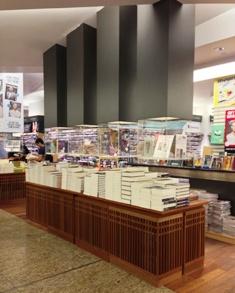 Not surprisingly for a Japanese company, Kinokuniya has "one of the widest range of comics in the world," Chan said, and strong selections in pop culture. "We've pushed graphic novels to the top here in the last five or so years," Chan said. "We are strong because we have so many multicultural and Japanese customers. And we know manga."
Not surprisingly for a Japanese company, Kinokuniya has "one of the widest range of comics in the world," Chan said, and strong selections in pop culture. "We've pushed graphic novels to the top here in the last five or so years," Chan said. "We are strong because we have so many multicultural and Japanese customers. And we know manga."
Many younger shoppers are especially interested in manga and anime, and the in-store experience is very important to them, Chua said, adding that computer game guides sell well, too. "We're very aware of what's happening online." English-language and Japanese-language comic books, graphic novels and manga are next to each other in the store.
The children's sections are discrete areas. The store's children's story time on Saturdays actually lasts for two hours, because, Chan said, he wants young readers of Singapore to consider Kinokuniya their bookstore. In fact, some of his staff had their first happy contact with the store at story times. (The Singapore main store has 120 to 140 full-time staff members and another 100 part-timers.)
Chan extolled the Kinokuniya approach, remembering that when he was interviewed for a job at the company, the chairman from Japan "had one question: 'Do you love books?' In all my life as a bookseller, I never had a boss ask me that. The second thing he said was 'bookselling is a calling.' " --John Mutter

